AMSTERDAM - Paint and coatings manufacturer AkzoNobel has published financial results for the third quarter of 2017, reporting revenues up by 1%, mainly due to volume growth and acquisitions and partly offset by unfavorable currency effects. Volumes were 2% higher, driven by Decorative Paints and Performance Coatings. The company reported EBIT at €383 million (2016: €442 million), impacted by unfavorable currencies, temporary disruption to the manufacturing and supply chain, continued headwinds for Marine and Protective Coatings, and margin pressure from raw material cost inflation. AkzoNobel reported the impact of Hurricane Harvey and other events at around €25 million on EBIT.
CEO Thierry Vanlancker, commented, "We have continued to grow our business with higher volumes and increased revenues despite challenging market conditions in selected areas of our business, especially in Marine and Protective Coatings.
"We have also initiated phase one of our transformation plan to create a fit for purpose Paints and Coatings organization, which will deliver €110 million annual savings in 2018 contributing towards our 2020 financial guidance.
"EBIT for 2017 is now expected to be in line with 2016, due to adverse foreign exchange, ongoing industry-specific headwinds and supply chain disruptions, including the adverse impact of Hurricane Harvey in the U.S.
"There continues to be significant interest in our Specialty Chemicals business, and we look forward to the separation process officially kicking off in the coming weeks. We have announced several capacity expansions to accelerate growth for the business, including a €20 million investment to increase production at Sundsvall, Sweden, for our Expancel expandable microspheres."
In the Decorative Paints segment, third-quarter volumes increased by 5% due to positive developments in Asia. Revenue was down 1%, with positive volume development more than offset by adverse currency and price/mix effects. EBIT was adversely impacted by continued higher raw material costs in the paints and coatings industry, not yet fully compensated, and geographical/product mix effects. Appropriate measures are being taken to address higher raw material costs, including increased selling prices and additional cost control.
AkzoNobel opened a new facility in Ashington, UK, which is the world's most advanced and sustainable paint factory. This hi-tech plant is the new center of production for the Dulux decorative paint brand.
In the Performance Coatings segment, volumes were up by 1% in the third quarter, with growth for Industrial and Powder Coatings, partly offset by adverse conditions in the marine and oil and gas industries. Revenue was up 2%, due to volume growth and the acquired Industrial Coatings business, partly offset by currency effects. EBIT was adversely impacted by ongoing weakness in the marine and oil and gas industries, as well as increased costs of raw materials in the paints and coatings industry and adverse currency effects. Measures being implemented to mitigate current industry specific headwinds include increased selling prices and additional cost control.
The company opened a facility in Dongguan, China, dedicated to producing aerospace coatings for the North and South Asian aviation market. This new facility will offer improved and faster service to existing, as well as new, customers in this rapidly growing market.
In Specialty Chemicals, third-quarter volumes were flat, despite significant global supply chain disruptions including Hurricane Harvey in the Houston area. Revenue was up 1% due to positive price/mix effects, mostly offset by adverse currencies. EBIT was up 1% with favorable price/mix developments and cost savings partly offset by unfavorable currencies and global supply chain disruptions. Positive price/mix reflects the successful pass through of raw material price inflation.
In the third quarter, AkzoNobel announced a novel technology platform for producing a wide range of ethylene amines and their derivatives from ethylene oxide. The process involves lower raw material consumption and has an improved cost and sustainability profile when compared with existing processes. Construction of a demonstration unit will start next year.

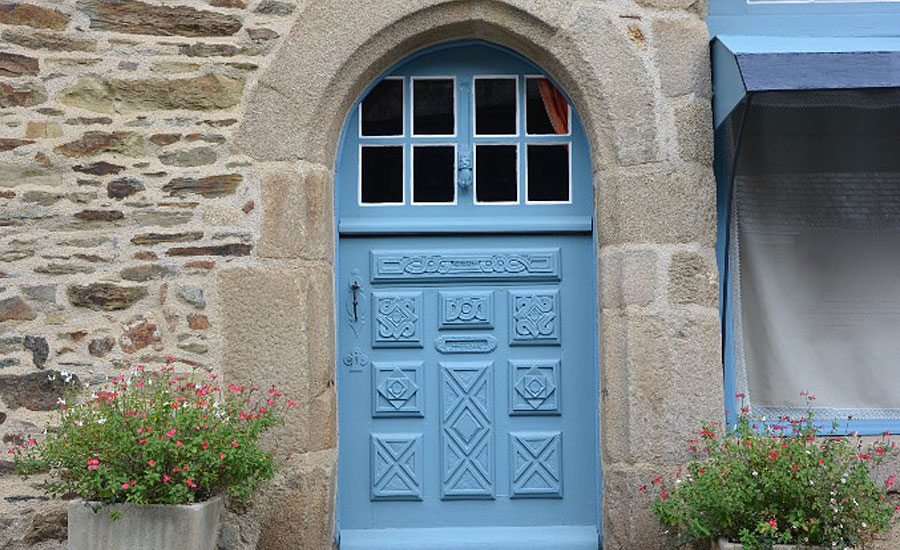
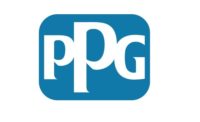
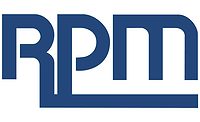
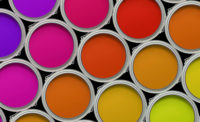

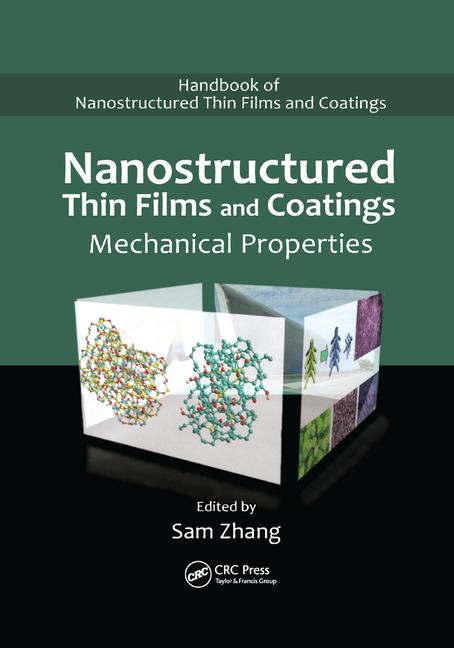
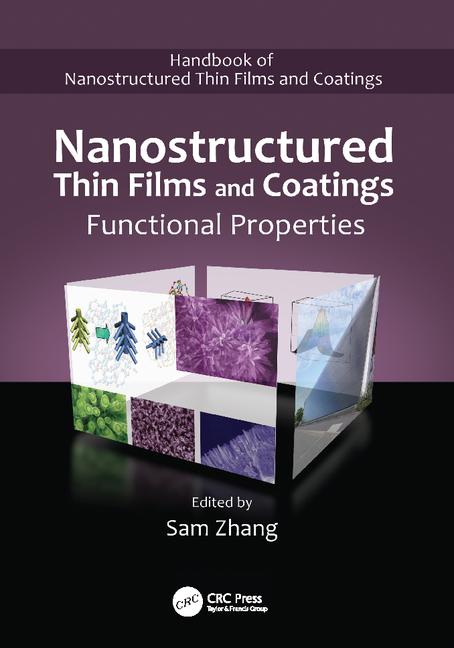
Report Abusive Comment